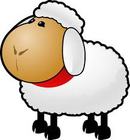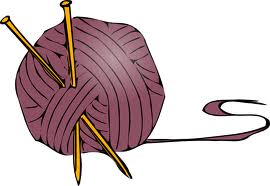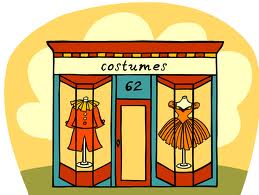Types of Production
Businesses produce goods and services to satisfy peoples’ needs and wants. A business falls into one of three sectors depending on what it is actually producing.
Primary Production

This involves getting raw materials, such as oil, fish or coal, from the land or sea or using the earth to grow things such as crops or trees.
Farmers, Fishermen and Coal Miners all work in Primary Production.
Secondary Production
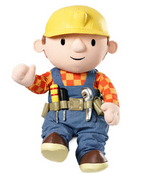
This involves processing raw materials into finished goods, for example wood being used to make tables and chairs, or wool being knitted into a nice warm woolly jumper.
Bob the Builder works in Secondary Production, as he builds houses. Secondary production involves making things (or to use a posh word, 'manufacturing').
Bob the Builder works in Secondary Production, as he builds houses. Secondary production involves making things (or to use a posh word, 'manufacturing').
Tertiary Production
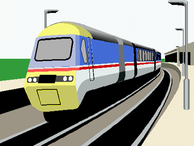
This type of production applies to 2 things.
- selling a finished product, like what Sainsbury's & Tesco's do.
- Providing a service, such as transporting goods, train journeys, hairdressing, hotel accommodation, and education.
Chain of Production
When Primary, Secondary and Tertiary industries are linked together, this is known as a CHAIN OF PRODUCTION.
So, for example, the chain of production for a woolly jumper would be:
So, for example, the chain of production for a woolly jumper would be:
- Primary - Farmer (getting wool from the sheep)
- Secondary - Somebody knitting the wool into a jumper
- Tertiary - A shop selling the finished product




